Taro Okamoto's "Men Aflame" (1955) is a swirling fusion of figuration, surrealism and abstraction. The content addresses the irradiation of Japanese sailors onboard the Dai-go Fukuryu-maru by fallout from American nuclear testing on Bikini Atoll. The painting is part of the 1950s Japanese art movement known as "reportage." It was serious art — politically engaged, socially conscious and outraged.
"Art informel" (unformed art) of the later 1950s swept aside reportage and everything else with such apparent force that it was refered to as a whirlwind or typhoon. It was, however, largely a generational development in abstract painting.
Before the end of World War II, the mostly 19th-century-born generation who instigated abstraction had died — Paul Klee in 1940, Robert Delaunay in 1941, Wassily Kandinsky and Piet Mondrian in 1944. Postwar Paris rehabilitated those "cool" geometrical abstractions, though an oppositional trend focusing on an abstraction with figurative and expressive elements also arose. These were lyrical, organic and expressed inner sentiment. The trend gained traction in a 1945 loosely affiliated Salon de Mai exhibition by the postwar School of Paris artists. And it was this show, which was introduced to Japan in 1950-51, that segued into informel.



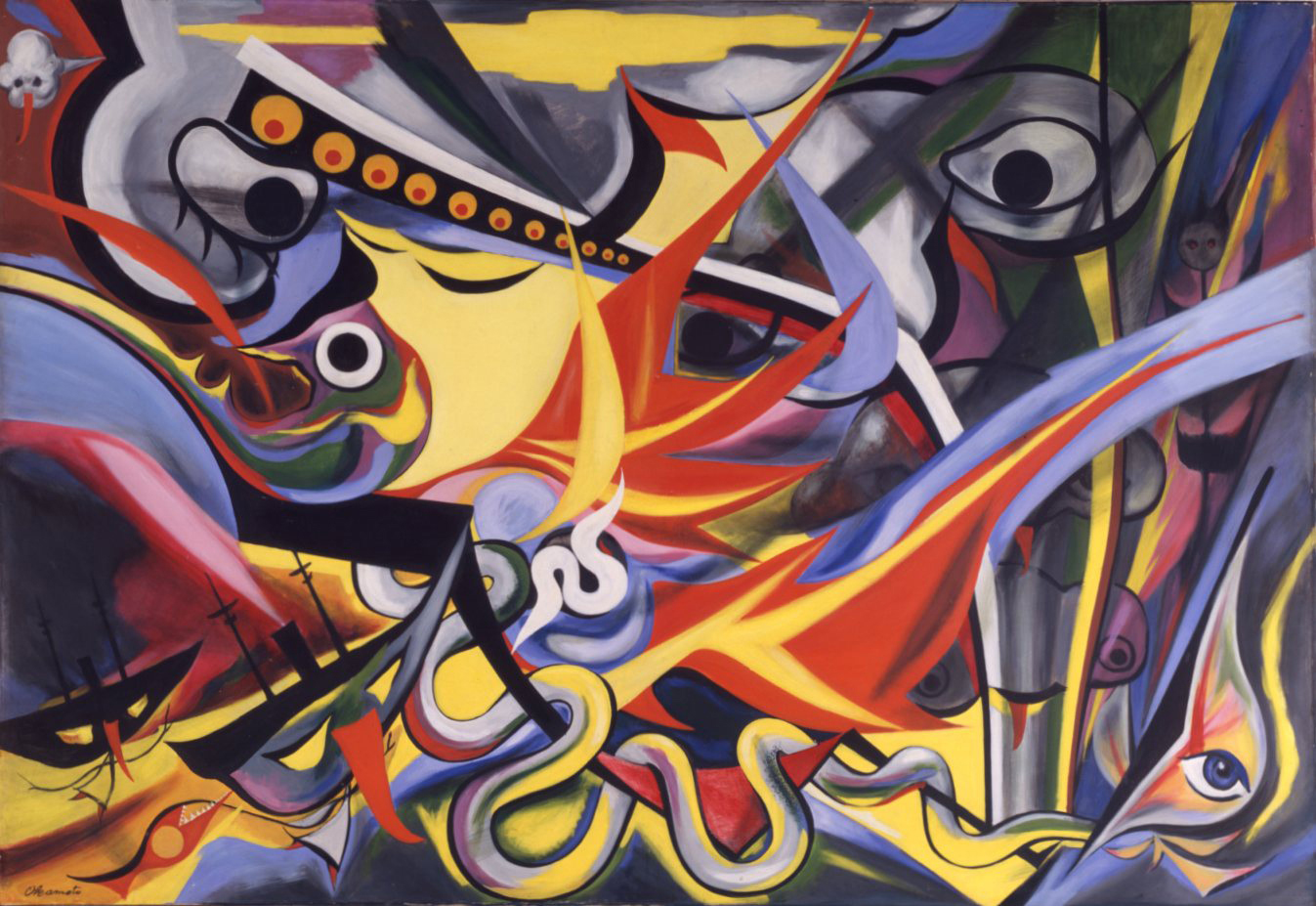

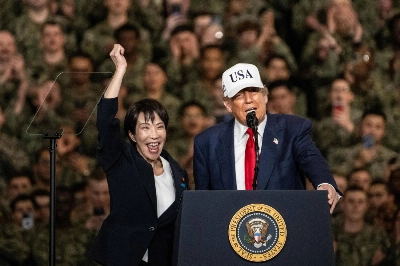


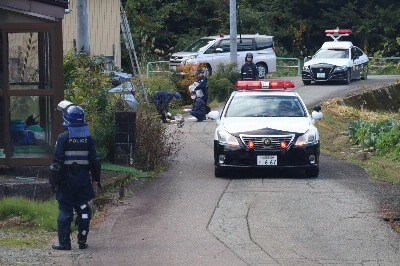
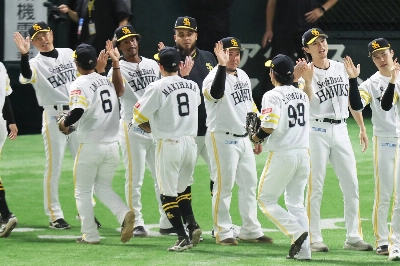
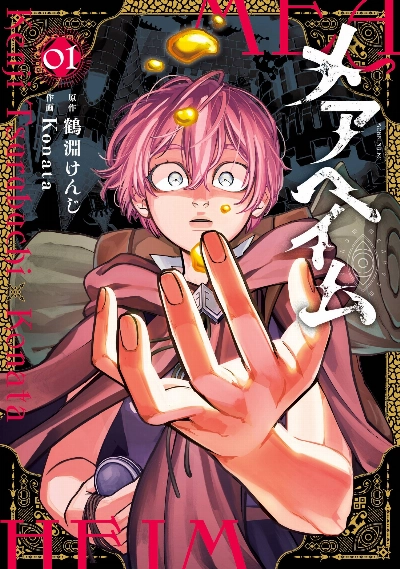

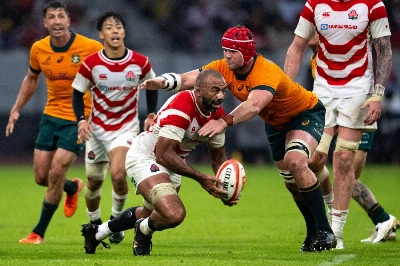



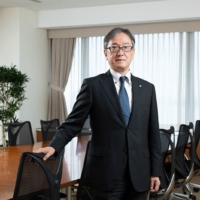

With your current subscription plan you can comment on stories. However, before writing your first comment, please create a display name in the Profile section of your subscriber account page.